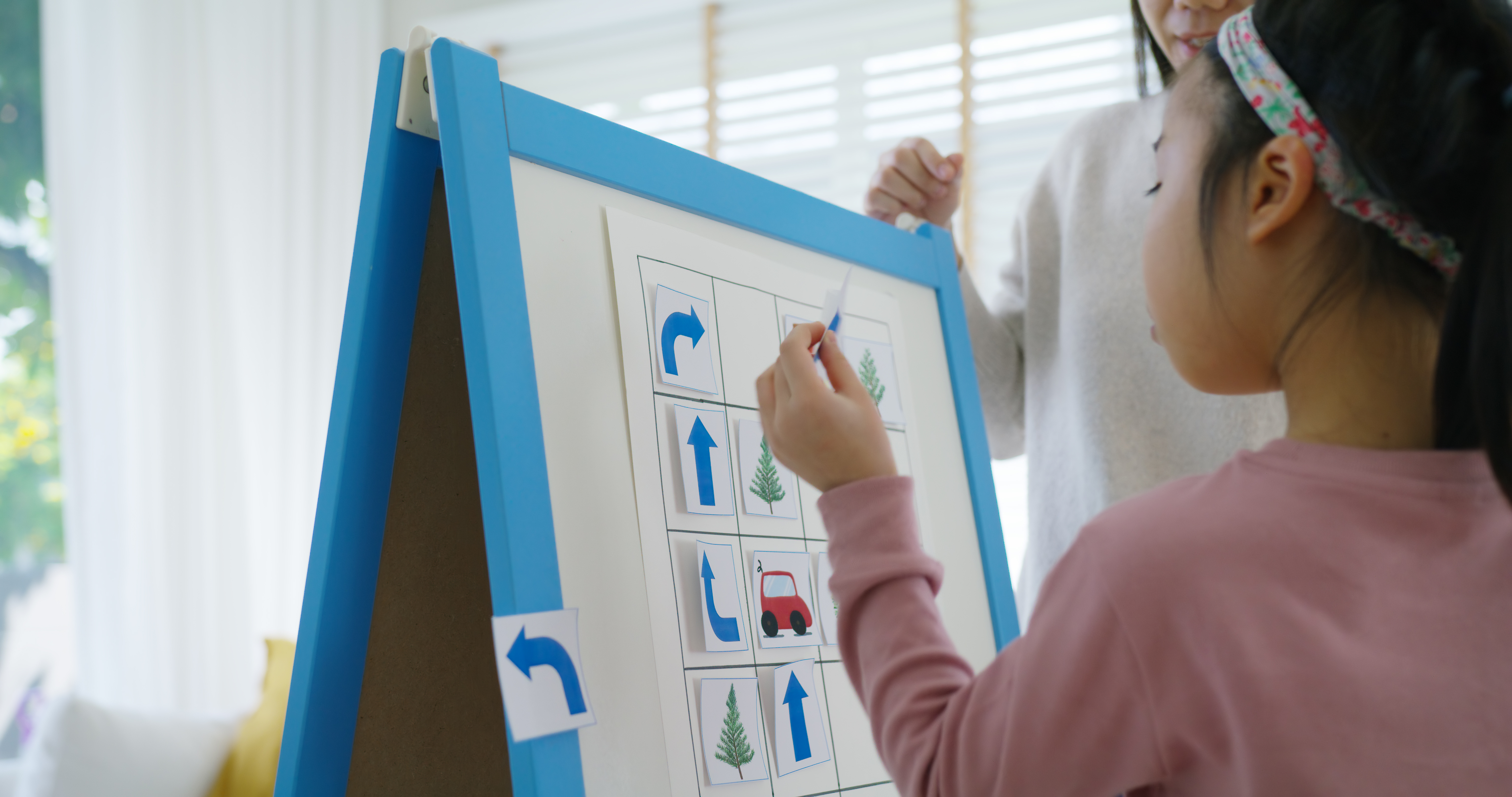Back to School Tips for the Homeschooling Parent to Raise a Successful Student

This is our third post in our “Successful Student” series. In the first post of the series titled “Four Tips for Raising Successful Students”, we offer four specific tips that parents can utilize to help develop their little students into lifelong successful learners. In our second post titled “Capable Children are Happy Children Who Turn Into Successful Students”, we discuss how our Masterminds Early Learning program was founded and came to be after one of our founders, Ms. Tania Siddiqi, began using a similar program with her daughter at the age of two. In this post, we will explore back to school tips for homeschoooling parents to help them increase their odds for a successful school year.
Ahh, Summer of 2022. Finally, families and friends were able to travel and gather in a way that hadn’t happened for years. As the end of summer draws near, it’s time to start thinking about the upcoming school year. Whether your child is headed back to school tomorrow, next week, or next month, it’s exciting! Back to school means new opportunities, new experiences, and new memories. As parents, we often find ourselves wanting to provide our children with the best possible education and environment so that they can learn and grow. As a homeschool parent- either full time or part time- back to school time provides additional challenges and opportunities. We have compiled our top four back to school tips for homeschooling families to help set you up for success.
- Create a schedule for homeschooling

Homeschooling allows for flexibility in scheduling that many families need.
Creating a schedule for homeschooling parents can be overwhelming at first. But once you get used to it, it can feel like second nature. Planning your days and weeks will not only help you stay organized, but it will also help you keep your sanity while homeschooling. Children may not adapt to a new way of learning immediately but with time and encouragement, they will get on board. Start with small, consistent steps each day. For example, start with a couple of subjects each day- do short sessions and take a break where you play a game together- or simply focus on only their favorite lessons.
One of the perks to homeschooling is that you can build your child’s schedule. Many families choose to focus on school work during the morning and use the afternoon to incorporate other activities. On the other hand, many families choose to focus on other activities first and focus on schoolwork in the afternoons. This is a particularly useful perk for families who have children with therapy appointments, doctors’ appointments, a part time working parent, or any other obstacles that might require more homeschooling schedule flexibility.
Being a working mother, I find that our house functions best when we do our at-home learning in the afternoon. I like to get my work done first thing when I wake up in the morning and remove those obligations from my to-do list and my mind. That allows us to have the afternoons together to really focus on learning. My younger daughter is also now going to school part time in the mornings. When she comes home from school, she has some lunch time and down time. This allows her to regain her energy and focus for some learning in the afternoon.
- Orient your child to their learning space

Children don't need a massive, dedicated learning space to be successful homeschoolers. They simply need a clean , comfortable space to learn.
Just as you would visit the new classroom with a child in a physical school before the school year begins, we recommend orienting your child to their learning space. As much as every homeschooling family would love to have a large dedicated space for daily learning, the reality is that is not an option for everyone. A family should never feel like homeschooling is not option because they do not have a fairy tale space. We recommend creating a quiet and comfortable space dedicated to learning. This might look like a corner of a den, a space in the basement, or even a space at the dining table that is cleared and put away each day. The important part of this tip is that your child has cues that when they are in that space, they know it is time to learn.
If using a dedicated space for home learning, we recommend only visiting that space when you are planning to learn. This should not be a space that the child is left unattended to play in. Just as a child has structure if they are in a school outside the home, so should they have structure when they visit their learning space.
If the learning space is a shared space within the home, we recommend clearing it after each learning session. Even from a young age, your child can help with this responsibility. Very young children are capable of placing their papers in a stack and putting away art supplies and other learning materials. When a child is given the opportunity to complete a task on their own, they are given the chance to grow their self confidence that they are capable individuals.
My family does all of our home learning at our dining room table. I find that my girls focus best here because it is free from distractions. We don’t have extra art supplies, reading materials, or toys around while we are learning. They may be times they are deployed to go find these items, and that is ok. But we never start with those items unintentionally on the table. The space is always prepped by bringing the necessary materials to learn and cleared immediately after since this is where my family eats most of our meals as well.
- Take baby steps

Begin at home learning with only one class per day while your child adjusts to the new routine.
Remember that while you are creating a new learning routine for you and your little one, start small with the amount of schoolwork you complete each day. Our number one tip for homeschooling is to keep the learning time fun and enjoyable. If you aren’t having fun, your child will not have fun either. And when a child is not having fun, they are less open to learning new things. If home learning is a new experience for you and your child, slowly ease your way into it. Allow extra time and patience to catch a rhythm. Don’t worry about taking a few weeks to fully get into the swing of learning. You will have more long-term success with homeschooling if you slowly increase your daily learning rather than jumping right into a full daily schedule of learning.
- Choose your curriculum for the year
Just as controlling your schedule is a perk of online homeschooling so is your ability to choose your curriculum. At Masterminds Early Learning, we offer 7 unique subjects in a pre-recorded on-demand fashion that can be completed on your schedule. The seven subjects we offer include Reading and Encyclopedic Knowledge, Math and Critical Thinking, French, Creative Art, Yoga/Physical Education/Gymnastics, Curiosity Science Lab, and Music and Suzuki Violin. Over half of the courses are offered with daily lessons, while the remaining subjects offer two lessons per week. Interested in a free 2 week trial? Check out Mastermindsearlylearning.com to redeem your trial.
Regardless of whether you plan to part- time homeschool or full time homeschool your child this school year, we hope these tips help make it a successful year for you and your little student!

